Scientists make artificial spider silk from polymer-coated nylon, which can collect water from the atmosphere with astonishing efficiency.
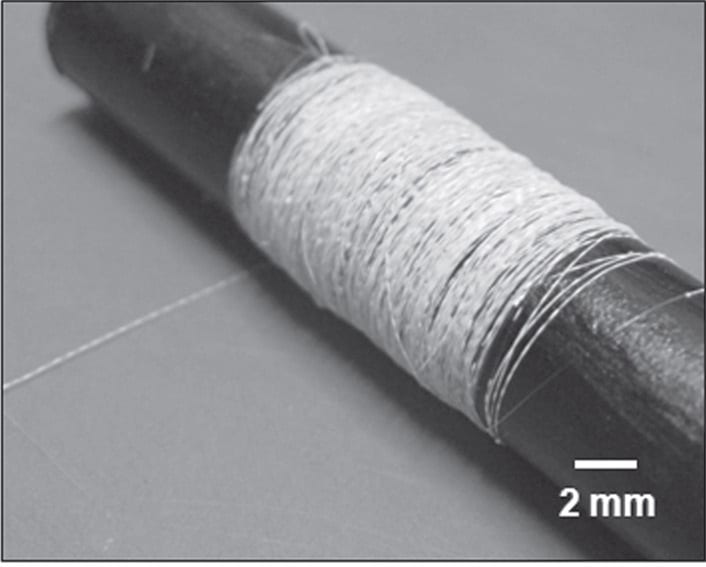

Scientists make artificial spider silk from polymer-coated nylon, which can collect water from the atmosphere with astonishing efficiency.
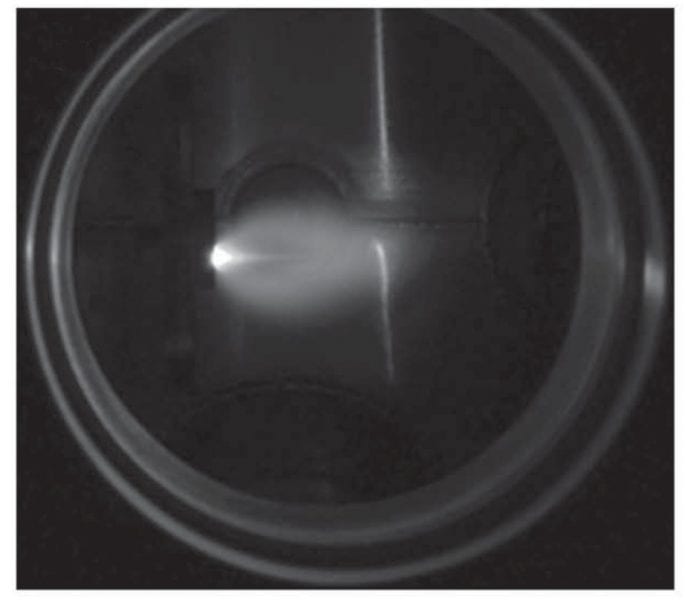
Professor Weiping Cai and co-workers have investigated the laser ablation/irradiation in liquid technique for producing nanomaterials.
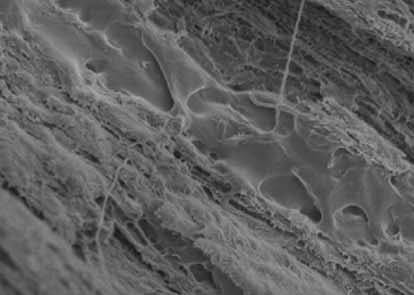
Researchers strengthen the environmentally friendly plastic PLA using cellulose nanofibers.

Researchers develop near-atomic resolution in STEM using spherical aberration correction.

Professor Geoffrey Ozin reviews some significant results in nanochemistry from 2011.
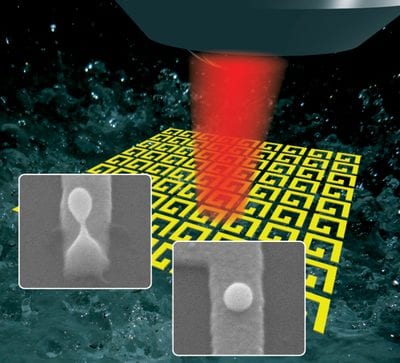
Using plasmonic hotspots, gold nanostructures can be melted and made to produce the smallest nanojets ever observed.
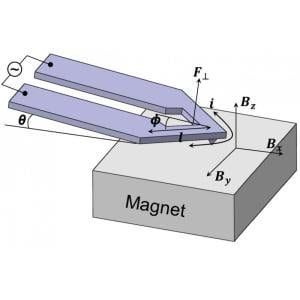
Researchers show that they can perform nanoscale thermal analysis on stiff materials like epoxies and filled composites.
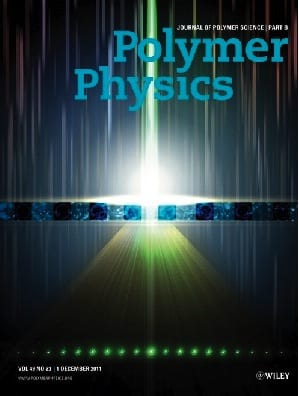
It’s a fascinating time for polymer science in fields as diverse as energy generation, biomedical applications, and nanotechnology.
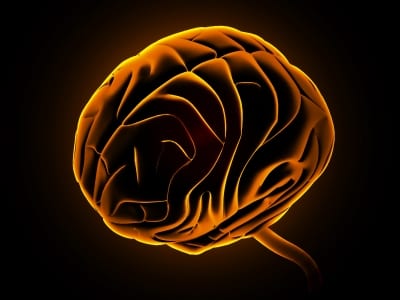
Researchers at the University of Michigan have developed a new system that uses dye-loaded nanoparticles to tag brain tumors for removal.
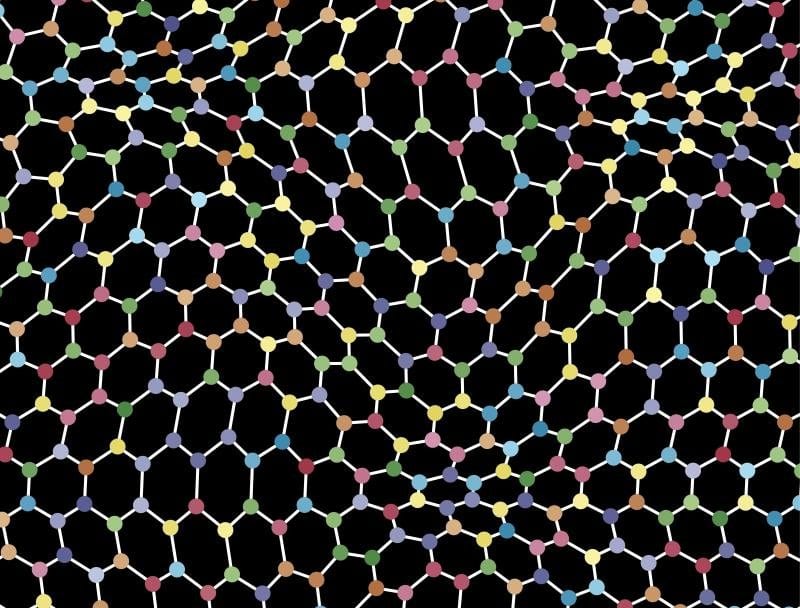
Can organic matter behave like a fridge magnet? Scientists from The University of Manchester have now shown that it can.